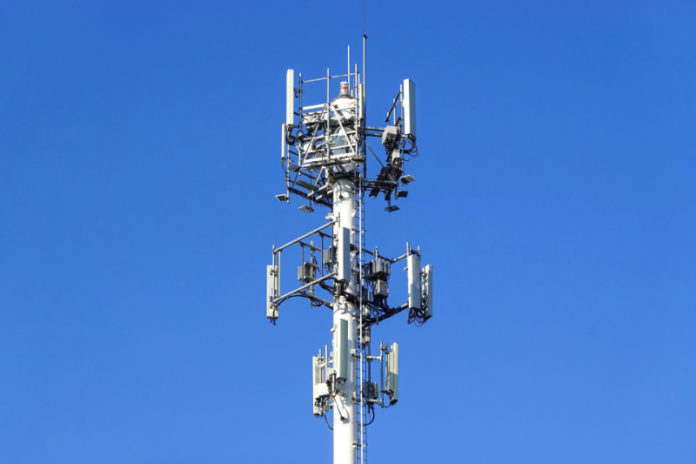The development of 5G in Asia-Pacific is being closely watched by enterprises across verticals, due to the promising technologies it will enable, and the multiple use cases that will be realised.
For one, 5G will be the backbone of the work-from-anywhere paradigm— a business continuity measure during the pandemic, which has since become the norm. Because of improved mobile broadband, people would be able to do more, whether they’re at the office, at home, in a cafe, or on the go.
Also on the horizon is the rise in the number of Internet of Things (IoT) devices, as well as the introduction of new mission-critical services— important catalysts for borderless productivity.
However, the progression of 5G development in Asia-Pacific differs from country to country. For enterprises looking to leverage what 5G has to offer, especially in areas that are lagging behind, where and how do they start? And what roles do government and industry groups play in advancing and democratising 5G use?
Following the Asia Tech x Singapore event, Frontier Enterprise spoke with several industry leaders in the 5G space to discuss these matters, as well as their other observations on 5G development in the region.
According to Kelvin Chua, R&D Head of mobile virtual network operator Circles.Life, the 5G battle will definitely take place in the enterprise space.
“As carriers struggle to find partners and vendors who can catapult them into the 5G space, getting revenue from these use cases will never be easy. It should start with a good platform which can handle a myriad of use cases like gaming, streaming, IoT, blockchain, et cetera,” he noted.
5G partnership
Given that countries in the region have varying cultural, economic, and demographic backgrounds, which would explain the differences in pacing of 5G’s rollout, there are several strategies to speed up the development and deployment of the technology, noted Dr Yaw-Shyang Chen, Chairperson of Taiwan’s National Communications Commission.
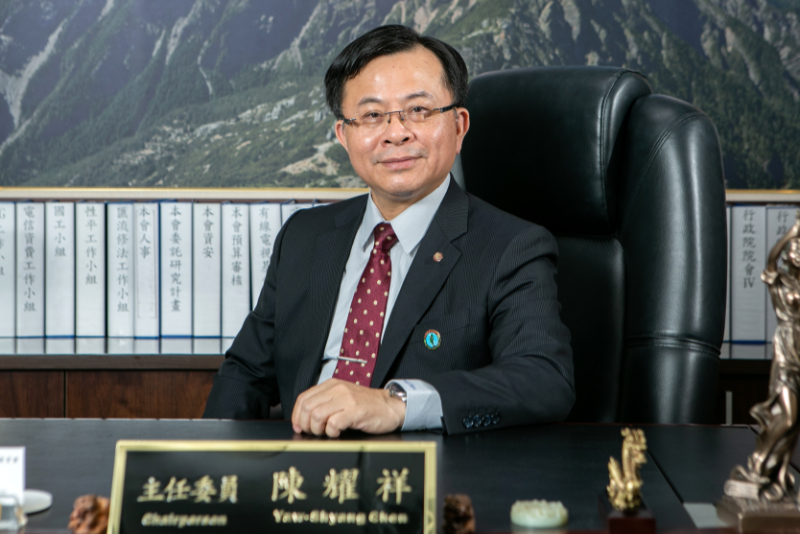
“Accelerating the deployment of 5G infrastructure through cooperation between the government and telecom operators is the first step for (the) popularisation of 5G,” Dr Chen said.
The chairperson then outlined the responsibilities of the government towards the cultivation of a booming 5G landscape.
“Referring to the April 2022 GSMA Roadmaps for awarding 5G spectrum in the APAC region, we can note that the planning and management of 5G spectrum deployment are the differentiating factors for the promotion of high-speed 5G services to be a success. When releasing spectrum resources for 5G technology, government authorities should also put in place measures to promote innovative commercial 5G services around the same time,” he said.
Telecom operators on the other hand, can cooperate with local and multinational enterprises to provide 5G network services and solutions.
“For example, the 5G smart seaport unmanned vehicle integration application trial site was built in a seaport area, and the 5G private network flexible manufacturing solution was launched in cooperation with internationally renowned companies to implement smart manufacturing applications,” Dr Chen explained.
Denis Seek, Chief Technical Officer of Singapore telco M1, agrees with Dr Chen’s observations.
“Telcos in APAC that have not implemented 5G should engage their government and regulatory bodies on the timely availability and efficient allocation of scarce 5G spectrum resources to maximise the value of 5G for the digital economy. They could collaborate with industry players and institutes of higher learning to showcase the true value to 5G, by developing use cases that clearly demonstrate how 5G is beneficial to businesses, as well as their end users and ultimately, the economy,” Seek said.
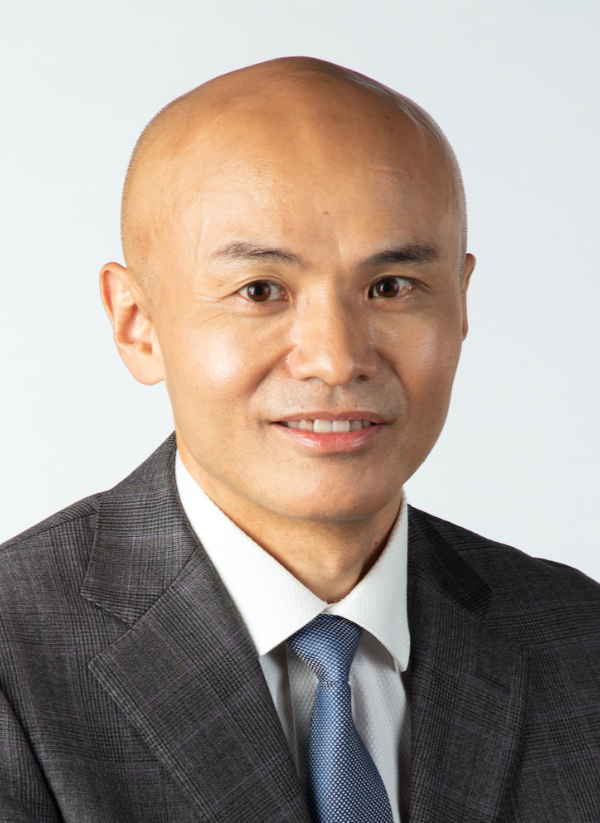
Other factors that will determine the success of 5G implementation, the CTO added, include the capabilities of vendors that will be engaged by the telcos, end-to-end resilient and secured network design (cloud-native 5G Core, RAN architecture, and transport network topology), back-end integration and automation, as well as the 5G device ecosystem and device-network interoperability testing.
Meanwhile, the Asia-Pacific Telecommunity believes that the establishment of a mid-term and long-term ICT national plan for deploying mobile networks and services is a crucial component for the success of 5G implementation, said Masanori Kondo, its Secretary-General.
“Looking at the situation in Asia-Pacific, many countries have already deployed commercial 5G services. Some of them are already at the top of the world in terms of 5G penetration, such as China, Japan, Korea, and Australia. Countries like Thailand, Malaysia, Indonesia, and Maldives are already taking up the pace of 5G deployment. A number of countries in South Asia and Southeast Asia are in the process of commercial deployment of 5G. By the end of 2022, 5G will be available in some of those countries,” Kondo elaborated.
In order for all of these efforts to succeed, regulators must exercise “a more flexible and open mindset,” which in turn will promote a market environment hinged upon fair competition, Dr Chen said.
“Balancing the progressive development of technology and the protection of consumer rights is a key challenge for governments. In response to the evolution of global communications technology and the rapid development of digital convergence, NCC remains committed to perfecting the environment for the development of innovative application services of digital convergence, planning and managing spectrum resources for mobile communications, constructing a framework to promote service competition, and improving the development of industrial convergence,” he said.
Unlocking new use cases
Echoing the sentiments of the other industry leaders, APT Secretary-General Masanori Kondo believes that the value creation of 5G shall depend on the use cases. As he had observed in several countries, the synergy between enterprises and government agencies provided some of the best practices for 5G rollout moving forward.
“In Thailand, for example, the government works with operators to create 5G use cases in agriculture and education. Japan and Korea have already started the use of private/local 5G networks,” he said.
Across the region, enterprises are exploring ways to harness the full potential of 5G.
In Vietnam, Viettel Group and Qualcomm Technologies are developing a next-generation 5G Radio Unit with massive MIMO capabilities and distributed units.
The partnership aims to expedite the development and rollout of 5G network infrastructure and services in Vietnam, and other countries.
In Japan, Nokia launched its revamped Advanced Technology Center in Tokyo, and demonstrated its selection of Local 5G equipment, software, and services.
Aside from agriculture and education, the Thai government has also explored the use of 5G in healthcare, partnering with Huawei to launch the Siriraj World Class 5G Smart Hospital, which is said to be the first and largest (to date) 5G smart hospital project in the ASEAN region.
For M1’s Denis Seek, the true value of 5G lies in the B2B2C ecosystem, with 5G enabling the transformation of industries through new applications. However, 5G adoption is still in the early stages, with businesses taking a wait-and-see approach.
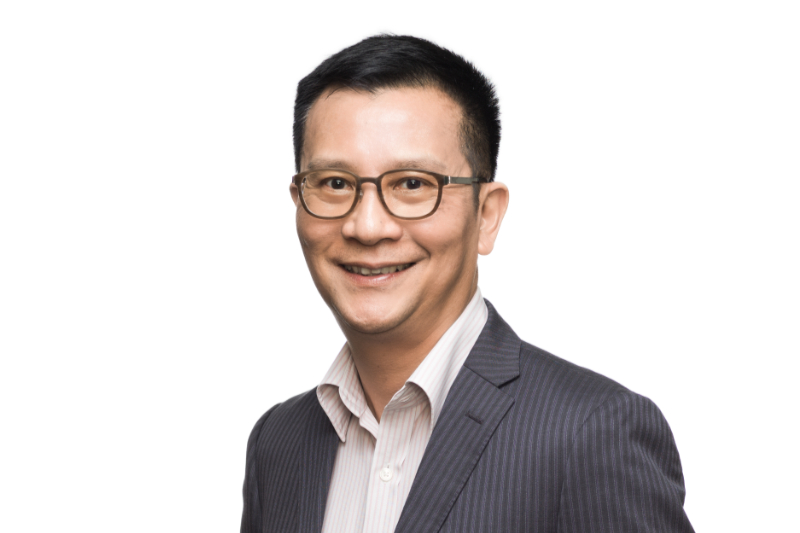
“To shift this mindset, telcos need to develop more viable case studies for commercial use to show how 5G can truly benefit businesses as well as their customers. Businesses also need to take a proactive approach to explore and experiment with how 5G can improve their business operations. By taking that chance, they are one step closer to an exciting 5G journey,” Seek said.
As early as now, tech observers are already speculating on what the era of 6G will be like, and although it is still too early to tell, Seek shared some ideas about the future network landscape.
“It will be a while before 6G arrives and by then, we would have all these innovations in place to support the evolution of the next-generation technology. For instance, immersive communication and (the) metaverse can potentially be fully optimised when 6G is a reality in the future,” he pointed out.
For Circles.Life’s Kelvin Chua, all eyes are on data for 5G, and the future 6G technology.
“Carriers will learn to work more with data and realise the full potential of its analysis. Revenue from this value will be more obvious as more carriers make investment into data. 5G and 6G will generate x-fold more data in (a) magnitude we cannot imagine. Internet infrastructure will gradually shift towards decentralisation and carriers will follow suit as well,” he said.
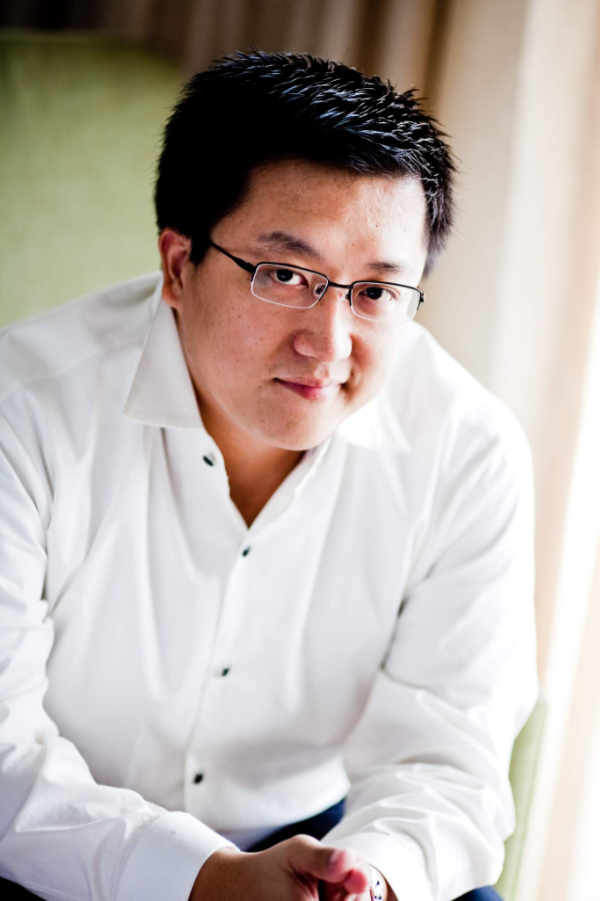
For now, Circles.Life is focused on growing the enterprise use cases for its Circles-X platform.
“Circles labs are currently working on extending the Circles-X platform to address various enterprise use cases, like an IoT mega platform which can enable enterprise customers to self-serve 5G devices on a massive scale. On top of this, Circles labs is also working on a project to enhance our AI capabilities and give the business ability to analyse customer behaviour and predict events which may impact future behaviour,” Chua revealed.
Meanwhile, Seek also shared some of M1’s projects in the pipeline, such as the Coastal 5G network trials, embarked on with the Infocomm Media Development Authority, Marine Port Authority of Singapore, and Airbus for Urban Air Mobility operations.
“(The goal is) to demonstrate that unmanned aerial vehicles can operate safely and efficiently during all phases of their flights using the 5G SA network. As part of this trial, we have collaborated with TeamOne Technologies Pte Ltd, a local start-up, to design and develop the world’s first aeronautical-certified 5G SA communication modem for urban air mobility operations,” he said.
“We are also working on 5G-powered solutions to support Keppel Offshore & Marine for 5G Yard of the Future, as well as the soon-to-be-launched 5G cloud gaming for consumers,” Seek added.
The CTO further emphasised that such partnership examples can help telcos in areas where there is low adoption of 5G.
“Continuous education to build general awareness amongst businesses is essential. Telcos need to take extra steps to ensure businesses that are still on older generation networks are able to keep up with the evolving technology, and be part of this 5G ecosystem. One of the ways to do this is to conduct trials with key partners or even government agencies,” he concluded.


